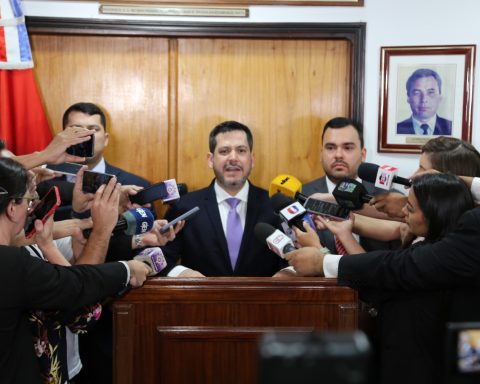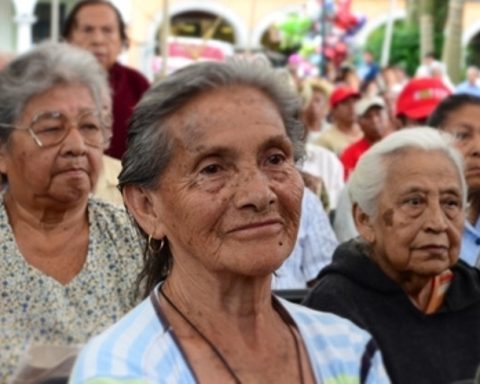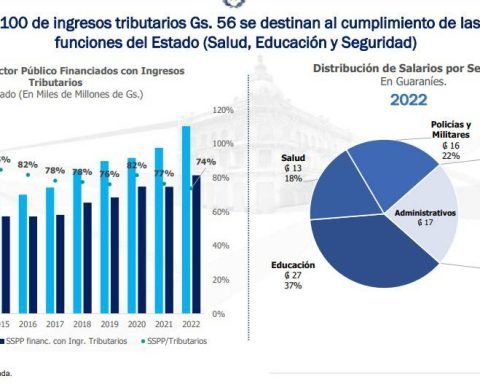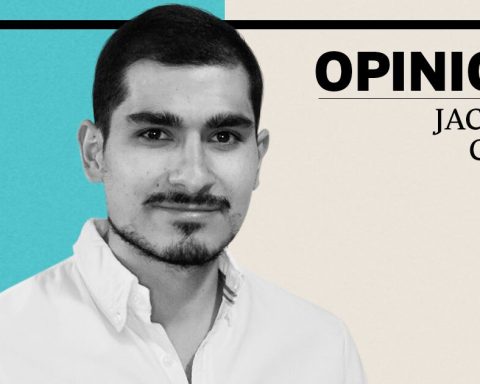There are adhesive tapes for everyday wounds. Dressings for severe sores. But a group of researchers in France is developing an artificial skin to heal large burns.
Source: AFP
For 18 months, a team from the laboratory of the French company urgent is working on the creation of this innovation that should allow severe burns to recover without having to resort to the numerous and painful skin transplants as is the case now.
It is the projectGenesis“, who was born in the town of Chenôve, near Dijon, in eastern France.
Numerous public and private health actors are participating in this project with a budget of 100 million euros (106 million dollars) that should end in 2030.
The technological challenges to overcome are not few.
“You have to be able to recreate all of the skin’s functionalities,” such as protection against external threats or thermal regulation, explains Guirec Le Lous, president of the Urgo medical branch, a family business created in 1880.
In the laboratory they keep cold live cells before cultivating them.
“Are we capable of conceiving artificial skin in a laboratory? No one in the world has achieved it so far”, says the leader, without wanting to reveal the technology used or the type of cells used.
The industrial part must also be considered because this treatment must be “available to all and at a good price”. It is a “crazy” project, he says.
Urgo has a long experience in treating chronic sores, for example for diabetic feet or leg ulcers.
And “since the 2000s, we have been working with materials that will correct healing failures: the dressing has become intelligent, interactive with the wound, allowing it to be effective,” says Laurent Apert, Urgo’s research director.
– “The day and the night” –
Other firms are also advancing in this field, such as the startup VistaCare Medical, in Besançon (eastern France), which launched in 2015 a kind of small camera that is placed around the extremities without coming into contact with the wound.
Healing goes through different phases of humidity and temperature and everything is important in this process.
“There is no dressing anymore. The idea is to put the wound inside a chamber in sterile air”, says its founder, François Dufaÿ.
“With this system, we provide the wound with what it needs and at the right time.”
Currently, this device is present in around twenty hospitals. And the entrepreneur wants to apply in 2023 for authorization in the United States of a device that can be used at home.
Healing, long ignored in research, is of increasing interest.
The University of South Australia developed a technology for pediatric burns consisting of silver nanoparticle dressings that are sensitive to temperature changes and limit the risk of infection.
In Paris, Isabelle Fromantin, in charge of the Institut Curie’s wound healing and research unit, worked with her team on an anti-odor dressing for necrosis caused by some cancers.
“Compared to 20 years ago, it’s night and day when it comes to wound care,” he says.
However, he warns that technology is not everything and that there are other factors such as the patient’s age or state of health.
“Believing that a dressing will be able to heal itself is a utopia”, says the researcher.


















